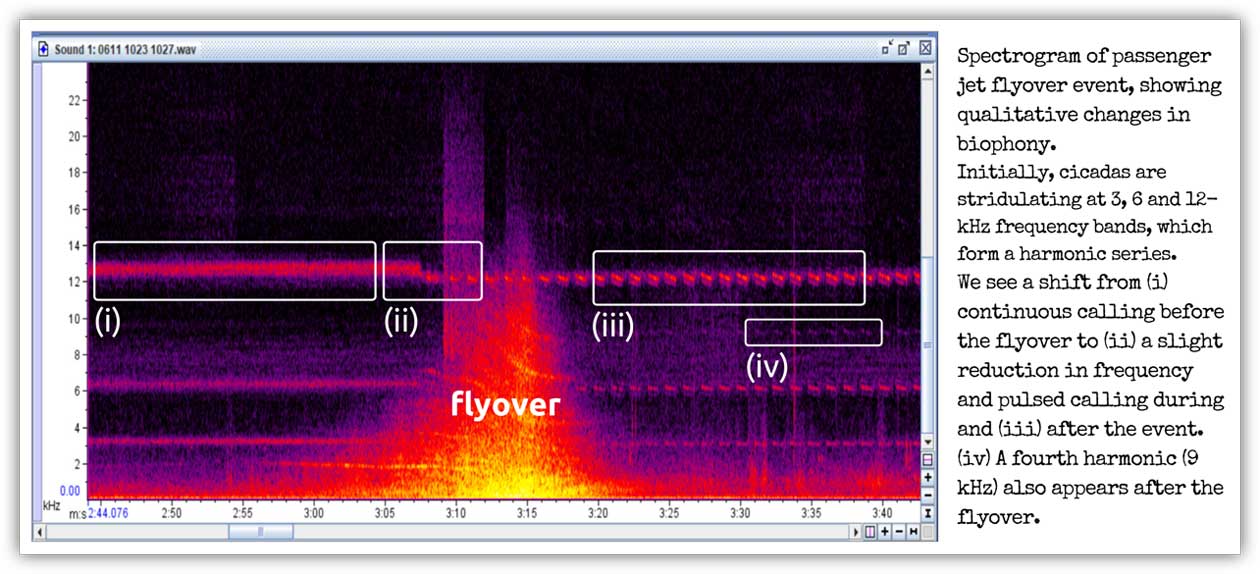CHEONG Hui Ping, Life Sciences Major – AY 2018/19
Impacts of low-flying aircraft on vocalising animals
In AY 2015/16, CHO Koi Hong Jermain, applied soundscape ecology to asking how low-flying aircraft affects the ecological soundscape in green spaces in Singapore (SG) – he focused on military aircraft. Click here to read more about soundscape ecology and the context for this study.
Despite its small land area, SG has two airports and two military air bases – making its airspace one of the world’s busiest. Since Jermain finished his project, air traffic has grown with the addition of Changi Terminal 4. Moreover, Paya Lebar Air Base (with its activities) is being relocated to Tengah Air Base, which is undergoing expansion, and the Royal SG Air Force has been upgrading its fleet, adding F-35s, which are louder than the loudest jets (F16s) it previously operated.
Jermain worked near both military air bases, where he discovered that flyovers (especially by helicopters) negatively affected the biophony. Hui Ping followed up on his study, augmenting the scope by adding field sites near Changi Airport (the main passenger airport) and Seletar Airport (which mainly handles small aircraft, such as corporate and other private planes).
She had four sites in green spaces, where she used soundscape ecology to capture responses to aircraft flyover events. The resulting spectrograms (visual representations of sound) allowed her to extract quantifiable attributes of the biophony (sum of all sounds produced by non-human animals) and then compare them between the intervals before and after flyover events. The main attributes were power (the amount of sound energy, or volume) and entropy (amount of chaos, or disorder). And there were no apparent effects on the overall biophony.
In part, this may be attributed to the fact that certain unanticipated construction projects began during her field season and hampered access to some field sites. Because Hui Ping was sampling so many types of aircraft, the end result was a small sample size of flyovers per type and a strongly unbalanced design.
That said, there were some taxon-dependent effects, namely in insects, the main contributors to the biophony. These effects were only observable via qualitative examination of 20 sample spectrograms, which revealed certain changes. Such as frequency shifts in stridulations or changes from continuous to pulsed patterns – both of these are visible in the spectrogram below. What this means to fitness and physiological health is unclear, but this work highlights, if nothing else, the value of further study in SG and elsewhere.

